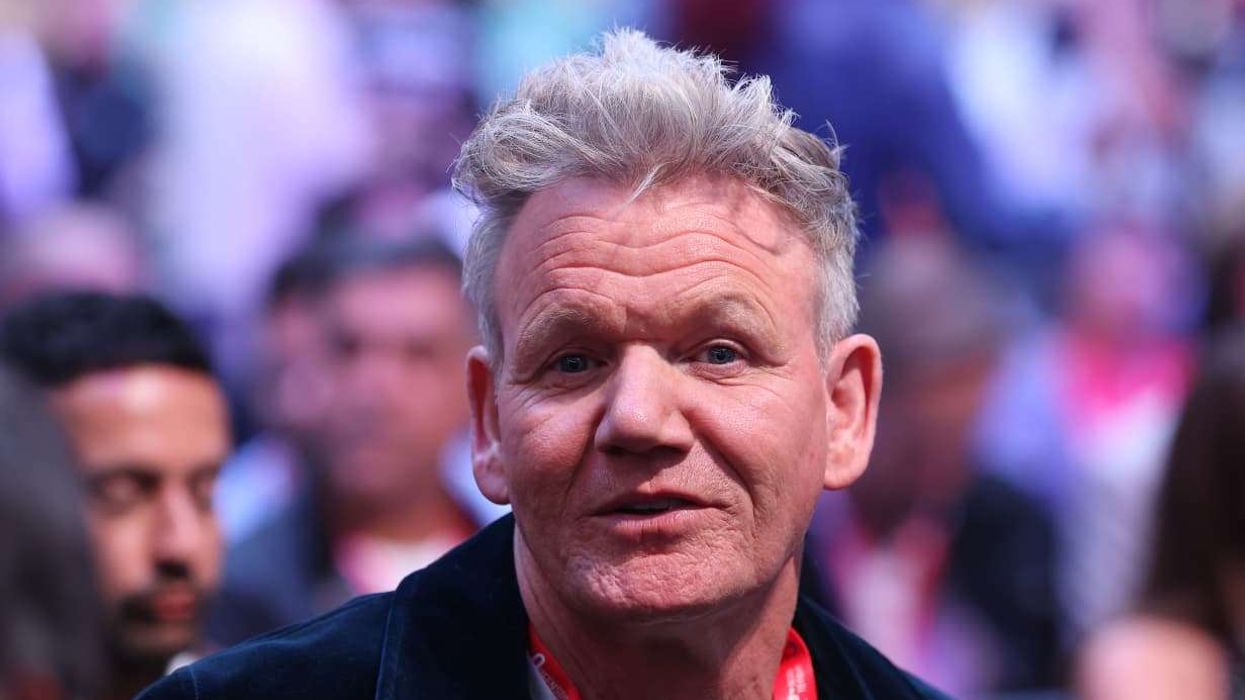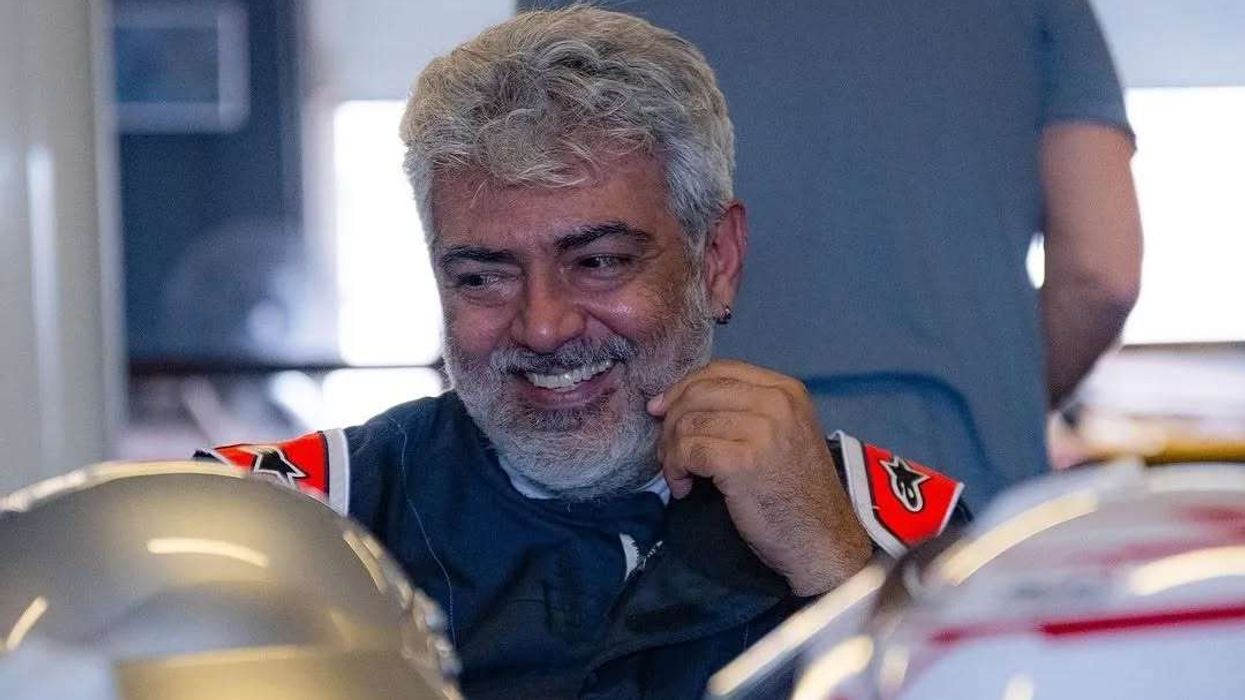John Abraham’s journey from being a popular model-actor to a successful producer has witnessed many highs and lows. But neither success ever went to his head nor could failure shake his belief in his worth and talent. Always willing to try something new in his movies, today John boasts of some amazing acting and production credits in his repertoire. Last seen in his successful home production, Parmanu: The Story Of Pokhran (2018), the actor releases his new film Satyamev Jayate on the occasion of India’s 72nd Independence Day on 15th August. Just before the release of the movie, our correspondent, Mohnish Singh, meets the actor-producer and talks to him about his new release, new projects, and much more.
How do you describe your new film Satyamev Jayate?
I just think that a quintessential commercial Hindi film is coming after a long time. Both Manoj sir and I were very interested in the script and we loved it at a narrative level. Well, I could partially go wrong with my choice, but I know Manoj Bajpayee won’t. There is something we both enjoyed in the script which is why we did it. We did it, particularly because the story is so nice. It was emotional. We had tears in our eyes but at the end of the day, there is also an underlying message.
What is the USP Satyamev Jayate?
In a strange way, Satyamev Jayate is an aspirational film. Satyamev Jayate is today’s angry young man. Today, the same man who was angry, the same people who are angry with the system, you know saying, “what is happening in our country? Look at women, children, animals? Look at what is happening! It’s become a degenerated society?” So, we have given our commercial take on how to deal with that, how to deal with corruption, how to deal with women molestation. It is a commercial take, so we are very clear, go and enjoy the film, get your money’s worth, be happy. People ask me what does Satyamev Jayate do? I say it’s here to entertain you, be entertained. That’s what we want to do, no tall claims, just be entertained.
Can you brief us about your character?
Here, we are not beating our chest and saying this is about India. But for a common girl who is walking on the road and when she feels that men are looking at her and disrobing her without even touching her, when she feels like she just wants to slap that guy, that’s what my character does on screen for you. Or if a guy is corrupt and he is walking by, you think, “How is this possible?” and feel like that you really want to hammer him, my character is doing that for you.
While doing a film, do you ever come up with some dialogues on the spot?
When we were shooting one of the scenes where some of the guys are pulling off a woman’s veil, that time I told Milap Milan Zaveri that there is action here but we should put a dialogue too. Then he came up with a line which is in the trailer about the Burkha and sari. When we got that line, I said now this action works because there is emotion there. This woman is being molested and the emotion is right, now when you hit him, the public is with you. So, I understood the feeling, but I cannot get dialogues like Milap can. He’s fantastic. There are a lot of dialogues that you have seen in the trailer and etc. which are on the spot dialogues that Milap came up with while shooting.
How your confidence level is after the release and success of Parmanu: the Story of Pokhran. You went through a lot before the release of the movie.
So, for Parmanu I credit all of you and the audience for supporting it. I am grateful to all of you. I went through a lot but on the good side, finally I went to the system and the honourable judge Kathawala ruled in my favour. Today what is happening with the others partner? They all are suffering. Every day there is some Supreme Court verdict. My Parmanu released and is still running in theatres. So, I think Parmanu had its own trajectory. I was very clear as a producer what I wanted to make and just like with Parmanu, my next five films for the next four years I know exactly what I am going to make and I know exactly what I am going to do.
What difference do you find between John Abraham the actor and producer?
I know as a producer and actor what I am going to do. As an actor, I like to do my favourite genre which is comedy, but as a producer, I am not equipped to do comedy. I don’t understand it. It’s too difficult for me. Though it works somewhere and you need a producer with a heart of gold which I am probably not. I don’t have the energy to do so, but each film comes with its own destiny. Parmanu, thanks to you guys, has really worked. Thanks to my audience as well.
Do you think actors and directors are severely judged on their past films?
Yes, not an actor as much but a director yes, because the actor has five films coming up. The director, on the other hand, is judged severely. For a director, it is very difficult, especially Milap who has made a certain genre of films. People have really looked down upon. So, luckily for me, I am not an actor who goes by what he has done in his last film. I heard this narration and I liked it and I said that I have faith in you, let’s make it happen. It’s tough, so if Milap doesn’t do the numbers now, he will be judged.
We haven’t seen you in a romantic film of late. Any plans to do one in near future?
Yeah, I would love to, I would love to do a romantic film but a romantic film with a different twist. I can’t do just plain romance. I’ll go mad. So, it has to be different. There has to be a twist. I don’t know what the twist is but I would like to do something different.
John, what made you turn producer?
When I saw the film called Schindler’s List (1993) and after when I walked out of the theatre, I was disturbed. It made me think for two days. Then I said if I do a film it has to make my audience think for at least two hours if not two days. You know, I wanted to make my audience disturbed, so when I made Vicky Donor (2011), people spoke about it. When I made Madras Café (2013), people were bewildered. When I made Parmanu, people felt proud to be Indian. With every film, you should take away something when you walk away. So, for my rest 4-5 productions, you will walk away with something. You will walk away with a question in your head, “Does this really exist? Has this really happened?” It should push you to another level.
Do you feel that as a filmmaker and producer there is a certain lack of freedom of expression in Bollywood, keeping in mind the controversy over Muharram scene in your film?
Yes, I am appalled. I am appalled that a whole community has stood up. I am a responsible citizen. I respect everybody’s religion and I am showing things in a very responsible way. I don’t understand why anybody should object. It’s appalling. Honestly, I believe actors are soft targets. Everything we do gets politicised. I personally speak for myself. I don’t do it for any political gain or for some publicity. I don’t believe in all that. I don’t even know how to post an Instagram picture on an everyday basis. That’s a task for me. So, why will I do it? So, when a religious community comes and says that I am disrespecting them, I am like what? I am not in that space of disrespecting any religion. And I am very irreligious. I mean I don’t believe in any religion but I respect every religion. I really respect every religion. Just like I am apolitical, I don’t have any political inclination but I respect the political process of the country, and I respect everybody’s ideologies. I have no problem with that.
Are there any plans for a grander project, a multi-star or a superhero movie?
As far as I am concerned, I would like to be a real man’s superhero. So, there is something in development which is very interesting, but again these are all future projects that will deal with all these issues. And I will be producing and acting in it. It will be different. It will be fantastic and it will address all the issues about how the world is getting polarised.
Satyamev Jayate releases on 15th August, 2018.
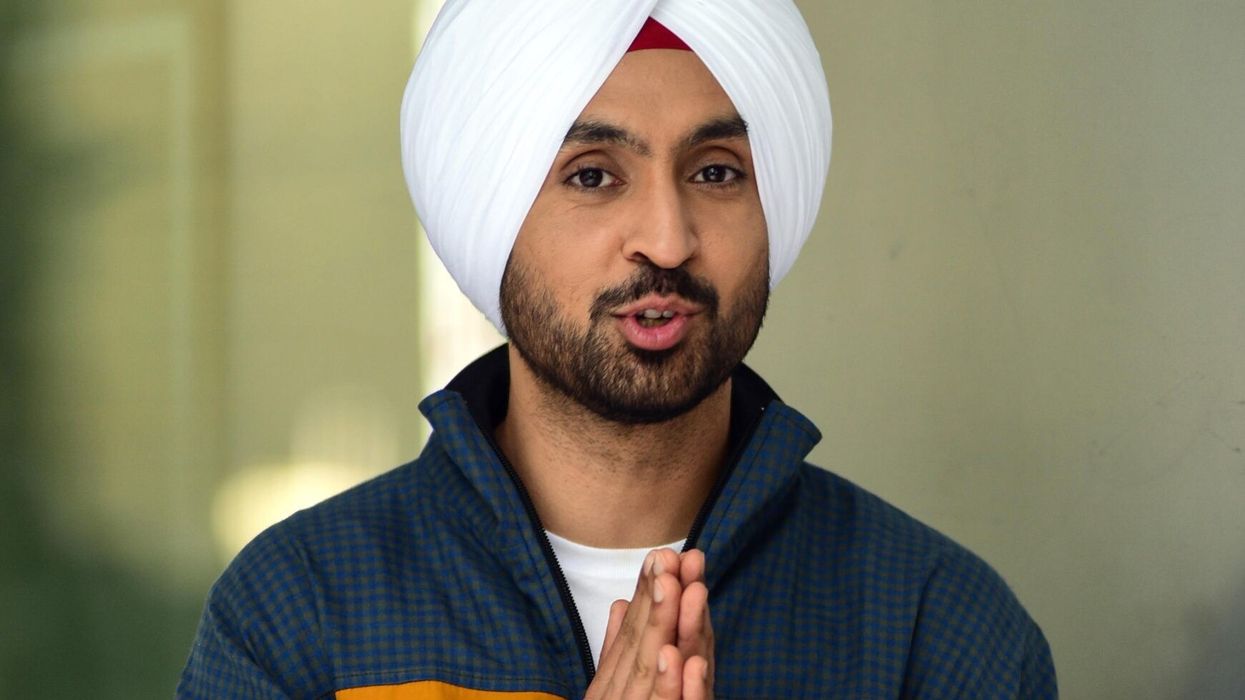
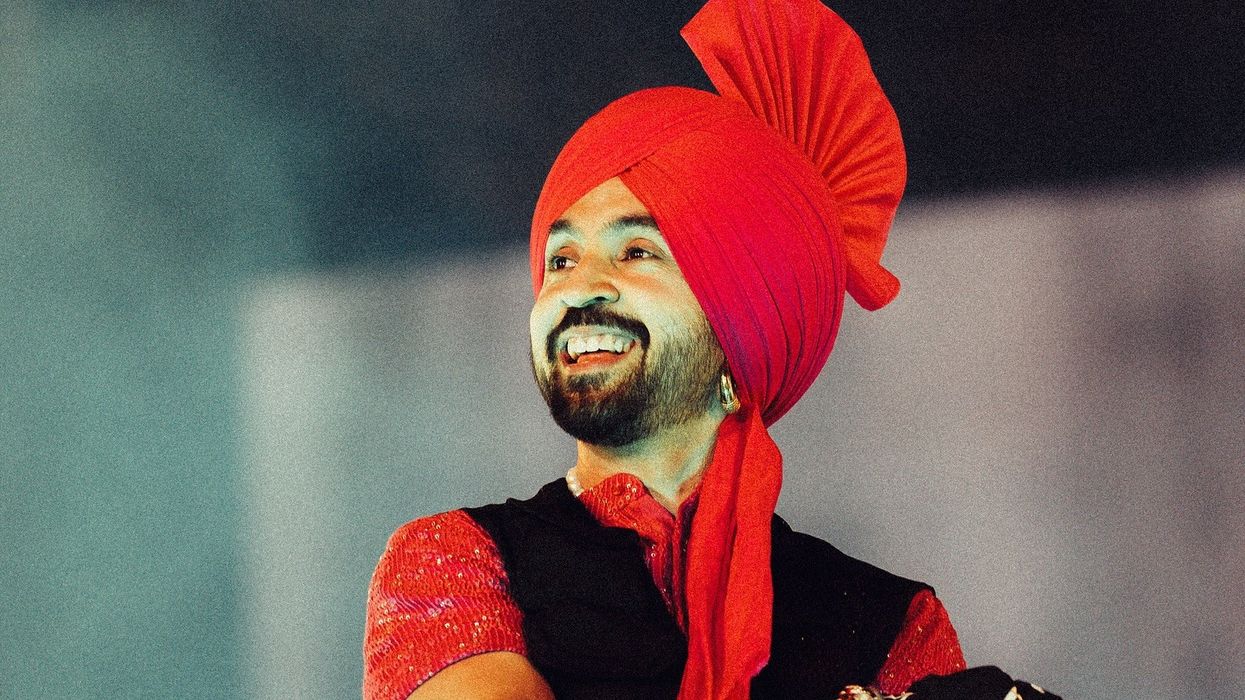
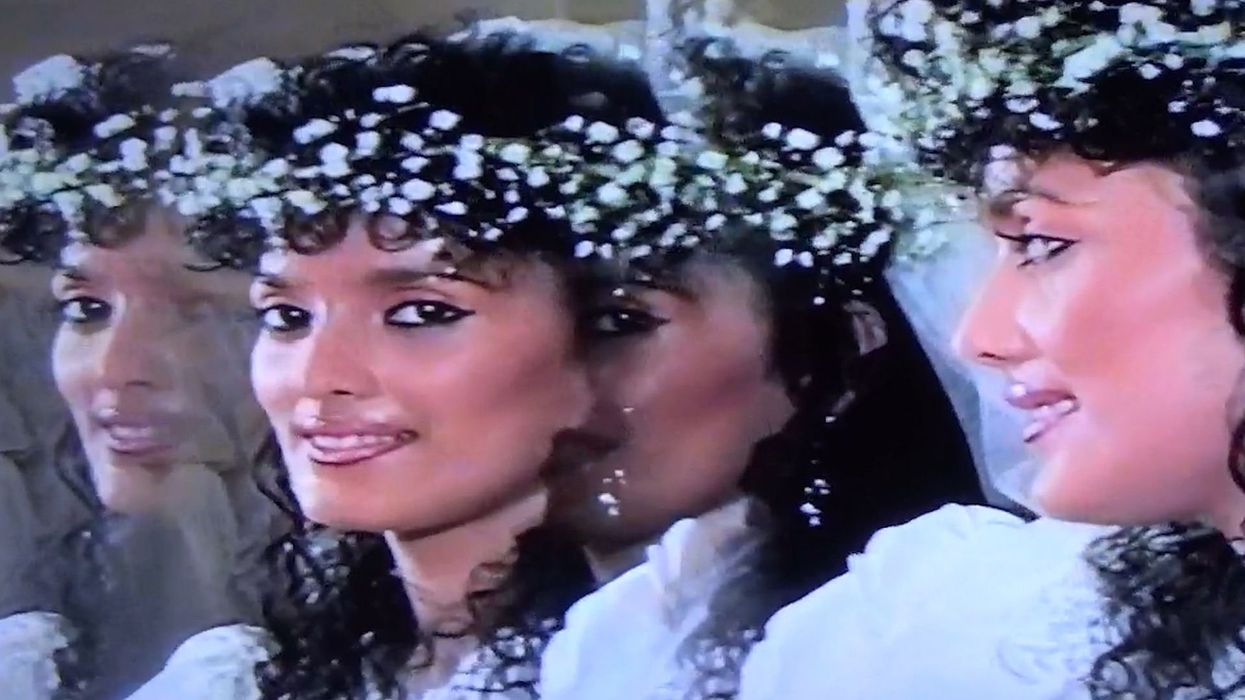
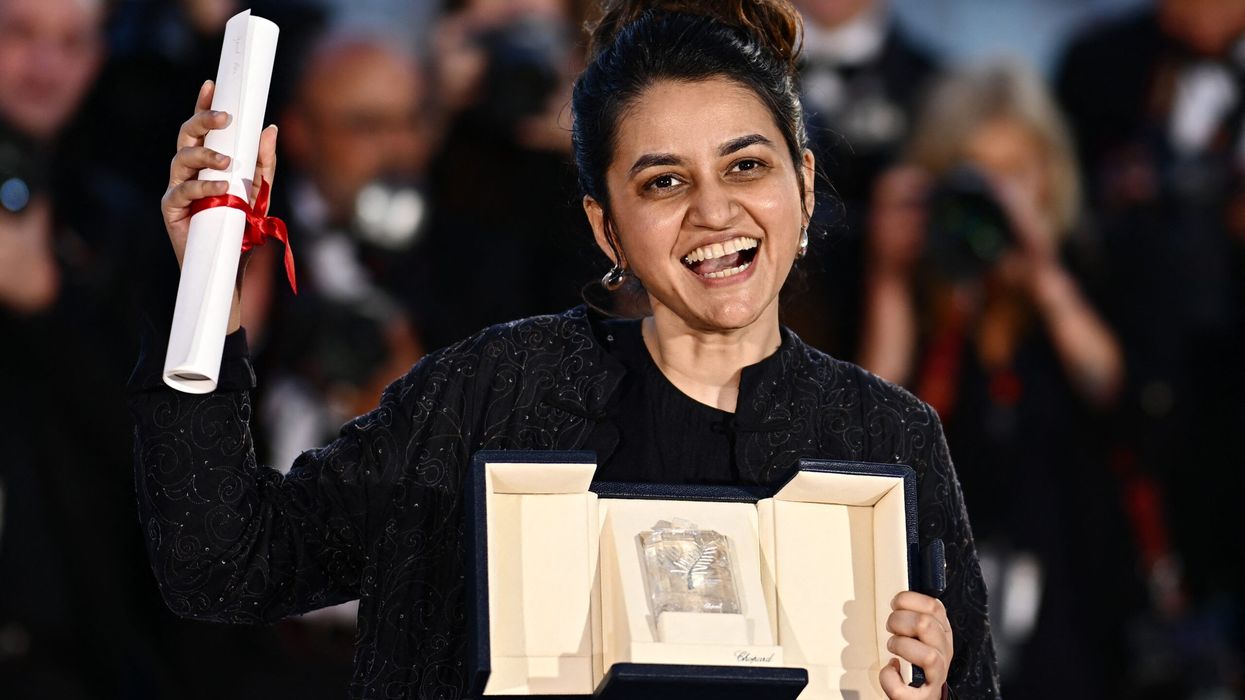
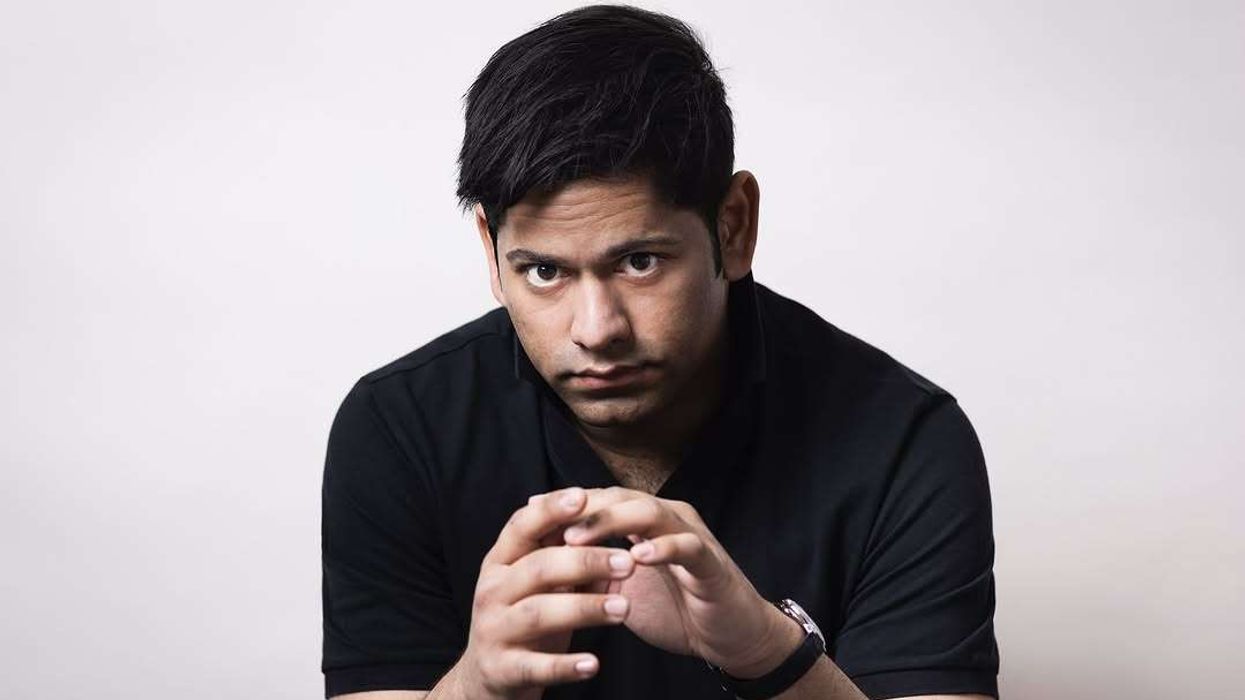
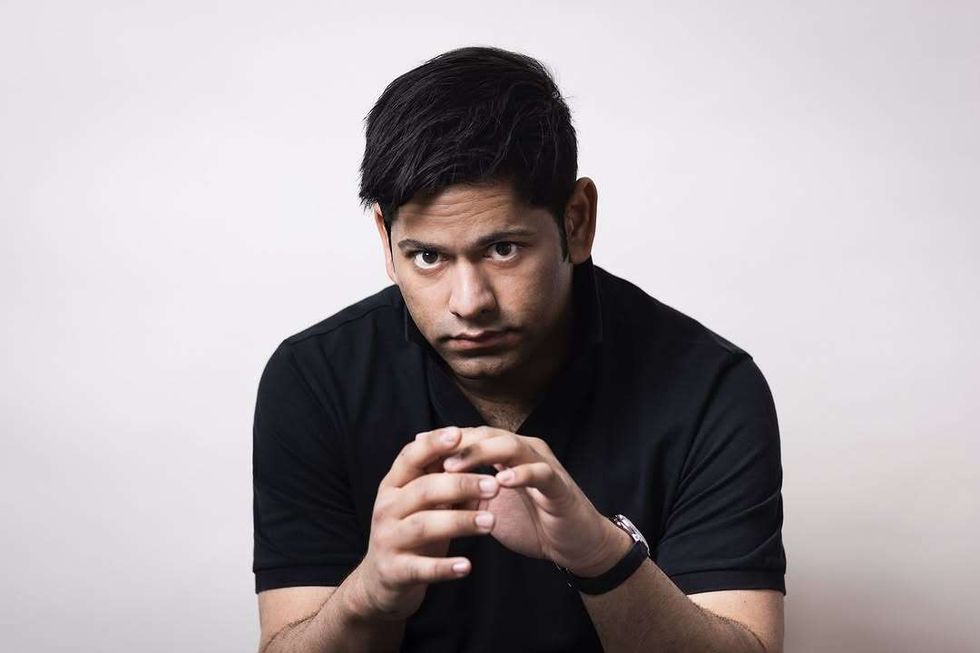 Alpesh Chauhan will lead the spring tour featuring Romeo and Juliet in Manchester and London Instagram/alpeshconductor
Alpesh Chauhan will lead the spring tour featuring Romeo and Juliet in Manchester and London Instagram/alpeshconductor 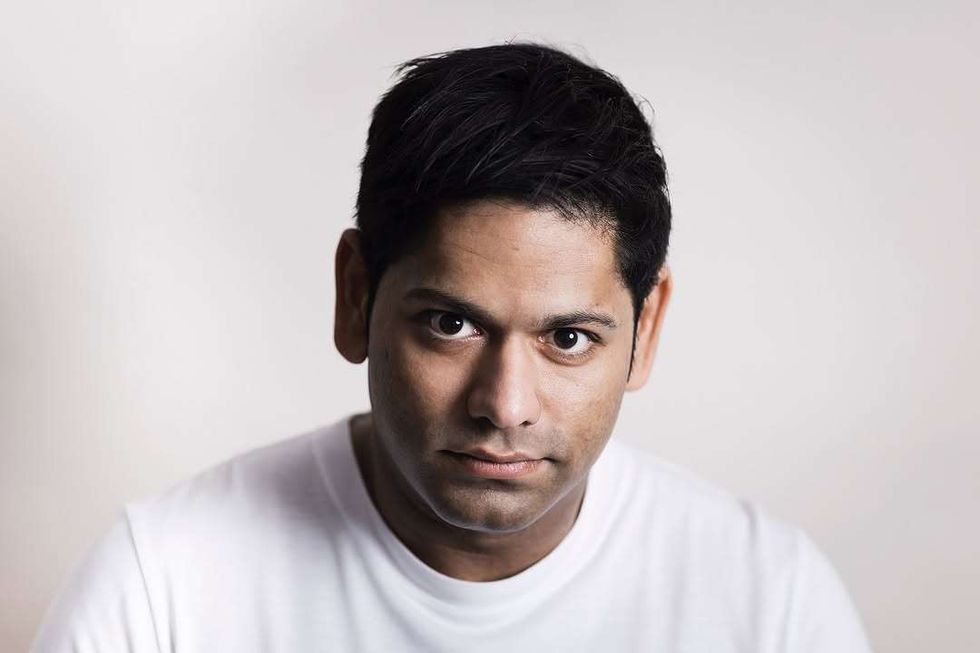 Alpesh Chauhan steps up at National Youth Orchestra promising a new sound for a new generationInstagram/alpeshconductor
Alpesh Chauhan steps up at National Youth Orchestra promising a new sound for a new generationInstagram/alpeshconductor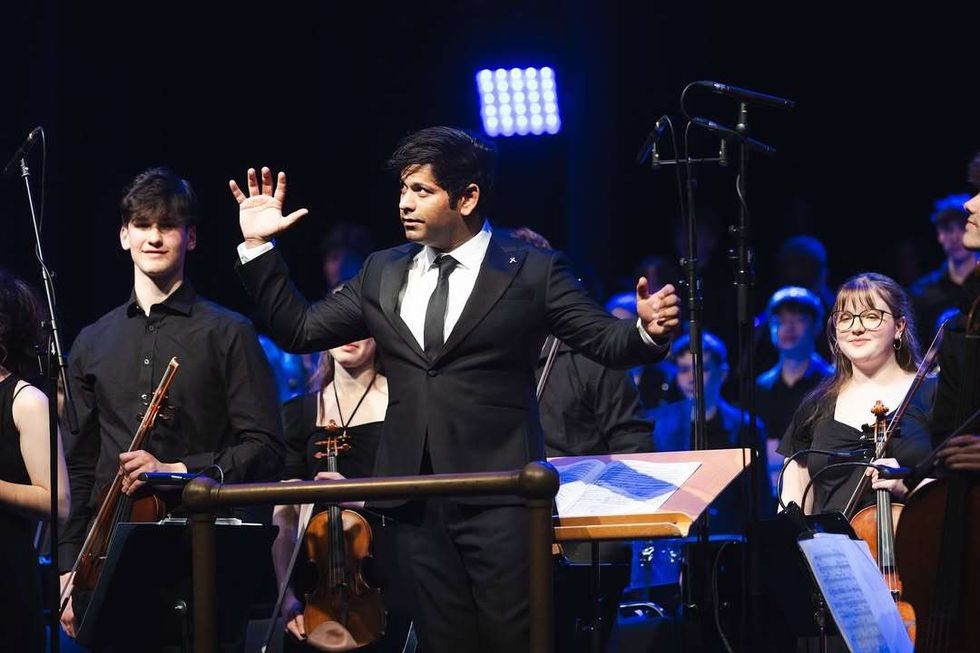 National Youth Orchestra turns to Alpesh Chauhan to redefine how teenagers connect with classical musicInstagram/alpeshconductor
National Youth Orchestra turns to Alpesh Chauhan to redefine how teenagers connect with classical musicInstagram/alpeshconductor
